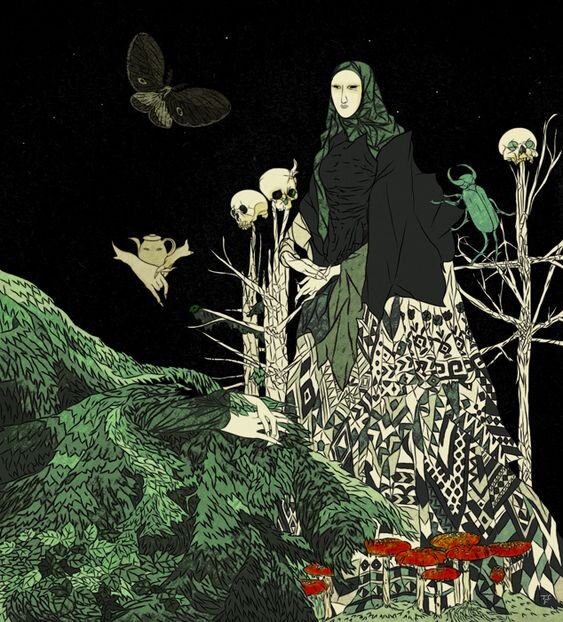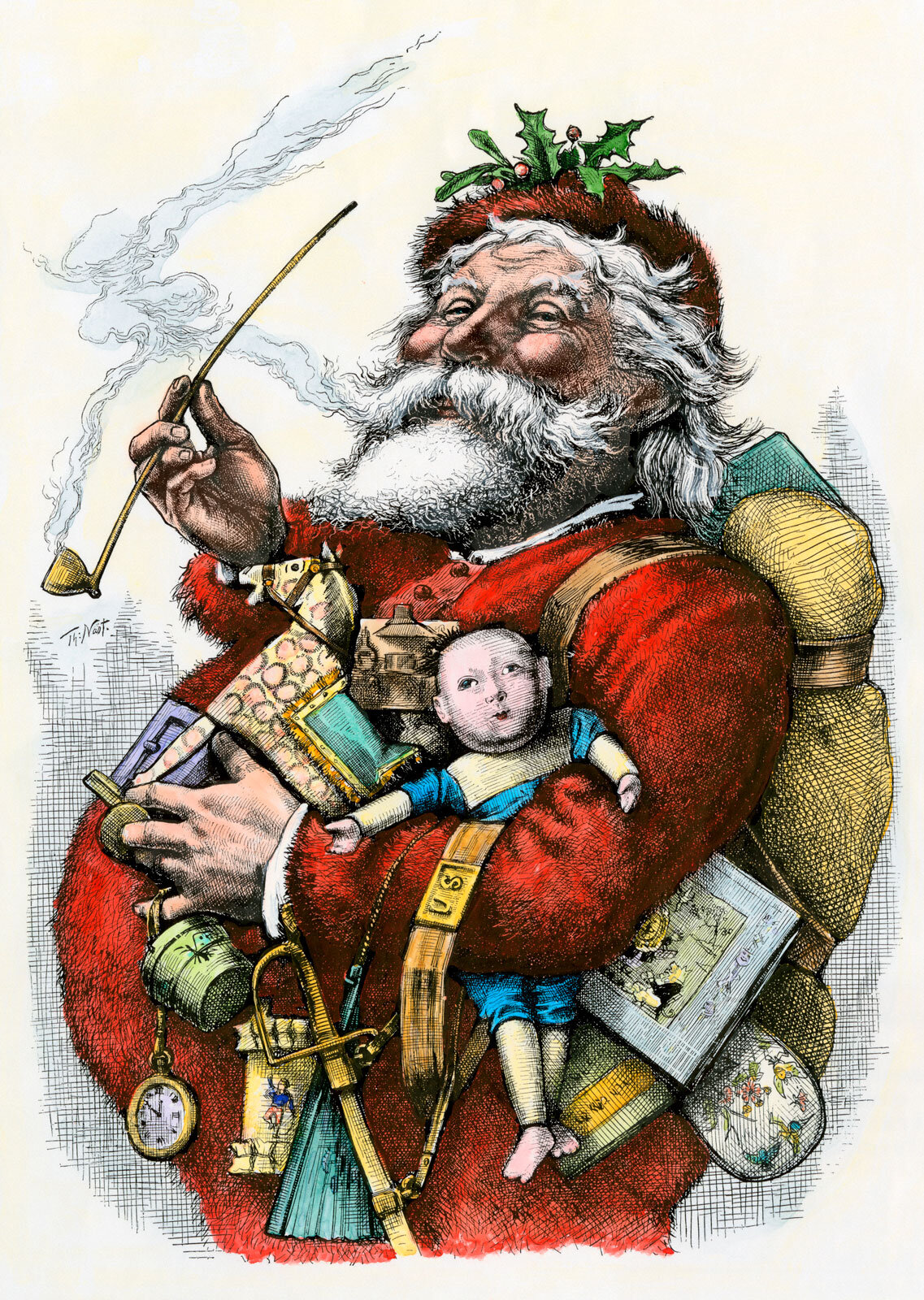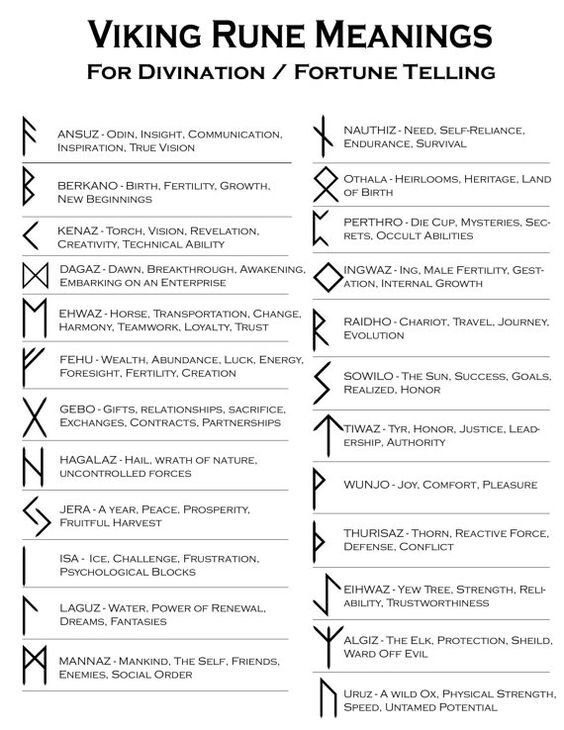Lupercalia is an old Pagan festival coming from Ancient Rome. It takes place on February 15th and it began as a way to honor the founding of Rome. The root of the word Lupercalia means “wolf” so this festival celebrated the twin founders Romulus & Remus, who were cared for by a she-wolf as children.
On Lupercalia two groups of priests would meet in the Luperical Cave within the Palantine Hill. One group of priests were descended from the followers of Romulus and the other group were descended from the followers of Remus. Like most pagan festivals, Lupercalia began with a big feast and lots of wine. After the feasting the priests would sacrifice some goats & one dog to the Gods.
It was very rare among the Romans to sacrifice a dog so Lupercalia was most likely the only time during the year when this happened. Since this festival celebrated the she-wolf that saved Romulus & Remus, the dog was a symbolic stand-in for a wolf in this instance.
After the sacrifice two priests would come forward and the sacrificial blood would be placed on the forehead and then washed off with goats milk. This symbolically washed away the feud & violence between the founding brothers of Rome.
Afterward, all the priests would leave the cave and take the hides of the sacrificed goats to create whips out of the pieces of hide. They stripped naked and ran up and down the city streets lightly whipping the people as they ran. The whips weren’t designed to hurt anyone; this was meant to be a playful and humorous act. In fact, people wanted to get hit as it was believed that being hit with the goat whip would bring good luck and make you more fertile.
Over the years Lupercalia increased in popularity among the Roman people and transformed into a festival that primarily celebrated fertility & childbirth. This festival was so loved that it even survived after the Western Roman Empire fell. Unfortunately, in the 5th Century Pope Gelasius banned the festival due to its nudity and drunkenness and then replaced it with a much more sober occasion called the the Festival of the Purification of the Virgin Mary.
Even though Lupercalia stopped being widely celebrated after the 5th century I do think it’s telling that we celebrate our own modern fertility festival, Valentine's Day, at about the same time as Lupercalia.
Will you be celebrating Lupercalia this year? Share your thoughts below in the comments.














